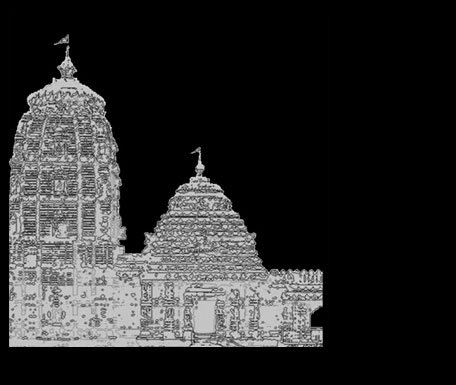





Vasant Panchami, also spelled Basant Panchami, is celebrated by people in various ways depending on the region; Vasant is a festival that marks the arrival of spring. The people of the Panjab wear yellow clothes and eat yellow rice to emulate the yellow mustard (sarson) flower fields, or play by flying kites.
The Vasant Panchami also marks the start of preparation for Holika and Holi, which occurs forty days later.
Vasant Panchami has a specific meaning: Vasant means "spring" and Panchami means "the fifth day." Vasant Panchami falls on the fifth day of spring.
Vasant Panchami is celebrated every year on the fifth day of the bright half of the Hindu luni-solar calendar month of Magha, which typically falls in late January or February. It is treated as the start of spring, though it is generally winter-like in northern India, and more spring-like in central and western parts of India.
The festival is particularly observed in the north, central and western parts of India and Nepal. It has been a historical tradition of Sikhs as well.
On the island of Bali and the Hindus of Indonesia, it is known as "Hari Raya Saraswati" (great day of Saraswati). It also marks the beginning of the 210-day long Balinese Pawukon calendar.
Goddess Saraswati
For many Hindus, Vasant Panchami is the festival dedicated to goddess Saraswati who is their ancient goddess of knowledge, language, music and all arts. She is the energy of Brahma, and she symbolizes creative energy and power in all its form, including longing and love (kama). The season and festival also reflects the agricultural fields which are ripening with yellow flowers of mustard crop, which Hindus associate with Saraswati's favorite color. People dress in yellow saris or shirts or accessories, share yellow colored snacks and sweets. Some add saffron to their rice then eat yellow cooked rice as a part of an elaborate feast.
Many families mark this day by sitting with babies and young children, encouraging their children to write their first words with their fingers, some just study or create music together. The day before Vasant Panchami, Saraswati's temples are filled with food so that she can join the celebrants in the traditional feasting the following morning. In temples and educational institutions, statues of Saraswati are dressed in yellow and worshiped. Many educational institutions arrange special prayers or pujas in the morning to seek blessing of the goddess. Poetic and musical gatherings are held in some communities in reverence for Saraswati.
In Nepal, Bihar and eastern states of India such as West Bengal, Odisha and Assam, people visit her temples and worship her (Saraswati Puja). Most of the schools arrange special Saraswati puja for their students in their premises. In Bangladesh, all major educational institutes and universities observe it with holiday and a special puja.
In southern states such as Andhra Pradesh, the same day is calledspan Sri Panchamiwhere "Sri" refers to her as another aspect of the one goddess Devi
Kamadeva and Rati
Another legend behind Vasant Panchami is based on the Hindu god of love called Kama. It is remembered as the day when Parvati approached Kama to wake up Shiva in Yogic meditation since the Maha Shivaratri. The other gods support Parvati, and seek Kama's help to bring Shiva back from his meditation to do his duties in the world. Kama agrees and shoots arrows, made of flowers and bees, at Shiva from his heavenly bow of sugarcane in order to arouse him to pay attention to Parvati. This initiative is celebrated by Hindus as Vasant Panchami.
Vasant Panchami is associated with the emotions of love and emotional anticipation in Kutch (Gujarat), and celebrated by preparing bouquet and garlands of flowers set with mango leaves, as a gift. People dress in saffron, pink or yellow and visit each other. Songs about Krishna pranks with Radha, considered to mirror Kama-Rati, are sung. This is symbolized with the Hindu deity Kamadeva with his wife Rati.
Traditionally, in Maharashtra, Madhya Pradesh, Chhattisgarh and Uttar Pradesh, after bathing in the morning, people worship Shiva and Parvati. Offerings of mango flowers and the ears of wheat are traditionally made.